Energy-Efficient Options to Consider During Plumbing Installation
In an era where sustainability is paramount, incorporating energy-efficient options in your plumbing installation can lead to significant cost savings and environmental benefits. With growing awareness about climate change, many homeowners and builders are seeking ways to minimize energy usage and reduce water waste. Plumbing systems account for a substantial portion of both residential and commercial energy usage, making them a focal point for enhancing efficiency. This article explores various strategies to enhance energy efficiency in plumbing systems for both immediate and long-term benefits.
Improve the Efficiency of Water Heating Systems
Choose High-Performance Tankless Water Heaters
Tankless water heaters provide hot water on demand without the need for a storage tank, which reduces standby energy losses associated with keeping stored water hot. These systems work by heating water directly via gas or electric elements as it flows through the unit, ensuring that energy is only used when hot water is required. Homeowners benefit from an endless supply of hot water and lower energy bills due to the unit's efficient operation. Although the initial investment for a tankless water heater can be higher than traditional models, the cost savings over time can be significant.
Select Energy-Focused Water Heater Installations
When planning for a new water heater installation or replacement, discussing energy efficiency options with your technician is essential. Modern water heaters are designed to reduce energy consumption, leading to lower utility expenses over the appliance's lifetime. Whether opting for a standard tank model or a specialized system like a tankless water heater, selecting an efficient unit is key to reducing overall household energy use and contributing to sustainability goals.
Apply Effective Hot Water Pipe Insulation
Insulating hot water pipes is a simple yet effective method to enhance the efficiency of water heating systems. By insulating pipes, heat loss is minimized as hot water travels from the heater to its destination, ensuring that less energy is required to maintain desired water temperatures. This practice not only accelerates the arrival of hot water at faucets and showers but also reduces water waste by decreasing the time it takes to get hot water.
Adopt Low-Flow and Water-Saving Plumbing Fixtures
Install Advanced Low-Flow Showerheads
Low-flow showerheads are designed to conserve water by delivering less water per minute than standard showerheads, often without sacrificing the pressure or comfort of the showering experience. These fixtures can reduce water usage by up to fifty percent, significantly lowering both water and energy bills since less hot water is used. Installation of low-flow showerheads is straightforward. With advancements in showerhead technology, users can enjoy efficient water use combined with a satisfying shower experience.
Upgrade to High-Efficiency Toilets and Fixtures
Upgrading to high-efficiency plumbing fixtures, particularly for toilets, can significantly reduce household water usage. Modern toilets are engineered to consume less water per flush than older models. According to the Environmental Protection Agency, installing high-efficiency toilets has saved 757 billion gallons of water in the United States. When undergoing toilet repair or plumbing installation, selecting a high-efficiency model is an excellent way to conserve water, reduce utility costs, and contribute to overall water conservation efforts.
Use Water-Efficient Faucet Designs
Water-efficient faucets, equipped with aerators or flow restrictors, can significantly reduce the volume of water flowing from the tap without compromising performance. These faucets help in cutting down water usage, thus conserving both water and the energy required to heat it. The plumbing installation of such faucets is beneficial for both new builds and retrofitted projects, as they offer immediate and continuous water savings.
Add Compact, High-Impact Faucet Aerators
Faucet aerators introduce air into the water stream, effectively reducing flow rates while maintaining a robust, splash-free stream. These small, inexpensive devices can be easily installed onto existing taps and are highly effective at conserving water. The widespread use of aerators in homes can vastly contribute to national and global water conservation efforts. As an easy retrofitting solution, faucet aerators offer immediate benefits in both residential and business environments.
Retrofit Existing Fixtures with Water-Saving Components
Retrofitting existing plumbing fixtures with water-efficient alternatives is a cost-effective strategy to boost energy efficiency without a complete system overhaul. This may include adding aerators, replacing showerheads with low-flow models, or upgrading to more water-efficient toilet mechanisms. Such retrofitting can yield substantial savings on both water and energy bills, allowing resources to be conserved within the existing infrastructure. It's a practical solution for older homes where complete replacement might be inconvenient or too costly.
Optimize Insulation and Piping Design
Use High-Quality Pipe Insulation Materials
Using high-quality insulation materials for pipes is critical for minimizing energy losses in plumbing systems. Thermal insulation, such as foam wraps and fiberglass sleeves, can reduce the heat exchange between water in the pipes and the surrounding environment. This leads to more consistent water temperatures and prevents the energy waste associated with reheating cooled water.
Reduce Unnecessary Heat Loss in Piping Systems
Reducing heat loss in plumbing systems is an effective way to enhance overall energy efficiency. By ensuring that hot water remains at its intended temperature until it reaches the point of use, less energy is required in the heating process. This can be achieved through pipe insulation, as well as the strategic placement of water heaters closer to points of demand to minimize travel distance. In combination with efficient heating systems, these practices contribute to a reduction in both energy use and utility costs.
Utilizing Modern Piping Materials for Efficiency
The choice of piping materials plays a significant role in the long-term efficiency and durability of a plumbing system. Modern materials can offer better thermal retention and reduced friction losses compared to older piping options. When planning a water line repair or plumbing installation, selecting materials that maximize efficiency is a key step toward improving the system's performance and sustainability.
Design Shorter, Right-Sized Pipe Layouts
Optimizing the layout of plumbing systems to reduce pipe length and diameter can enhance energy efficiency by minimizing heat loss and water waste. Smaller and shorter piping systems decrease the amount of heated water sitting idle in pipes, which reduces the energy required for reheating. This can be achieved by designing systems with shorter runs and by using manifold systems to direct water efficiently. Thoughtful design also translates to reduced costs in materials and plumbing installation. Reducing pipe lengths and sizes is an essential strategy for achieving energy-efficient plumbing layouts in both new constructions and remodels.
Strengthen Proactive Maintenance and System Monitoring
Monitor Plumbing Systems for Leaks and Inefficiencies
Vigilance is key to maintaining an energy-efficient plumbing system. Undetected leaks, even small ones, can lead to significant water waste and unexpected increases in utility bills. Regular inspection and monitoring of your plumbing system can help identify issues in real-time. Proactively addressing any unusual water usage or minor leaks prevents potential damage and allows for necessary repairs before small issues escalate into costly emergencies. By preventing water waste, homeowners contribute to broader environmental conservation goals through their plumbing installation.
Track and Optimize Household Water Usage
Understanding your household’s water consumption patterns is essential for efficiency. By monitoring water usage, homeowners can identify areas where conservation opportunities exist. Whether adjusting daily habits or upgrading fixtures, making informed decisions empowers users to optimize consumption and manage resources more sustainably. Having control over water consumption results in both cost savings and a decreased environmental footprint. This control is vital for achieving comprehensive efficiency.
By implementing these energy-efficient strategies, you can significantly reduce utility costs, conserve valuable resources, and ensure your home's plumbing and HVAC systems are functioning optimally. Whether you're considering a water heater replacement, fixture upgrade, or a complex plumbing installation, the right choices lead to lasting sustainability and comfort. For guidance on specific upgrades or to learn more about professional plumbing and heating solutions tailored to your needs, contact Stephens Plumbing and Heating, Inc today.

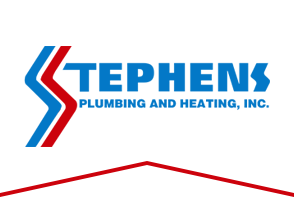
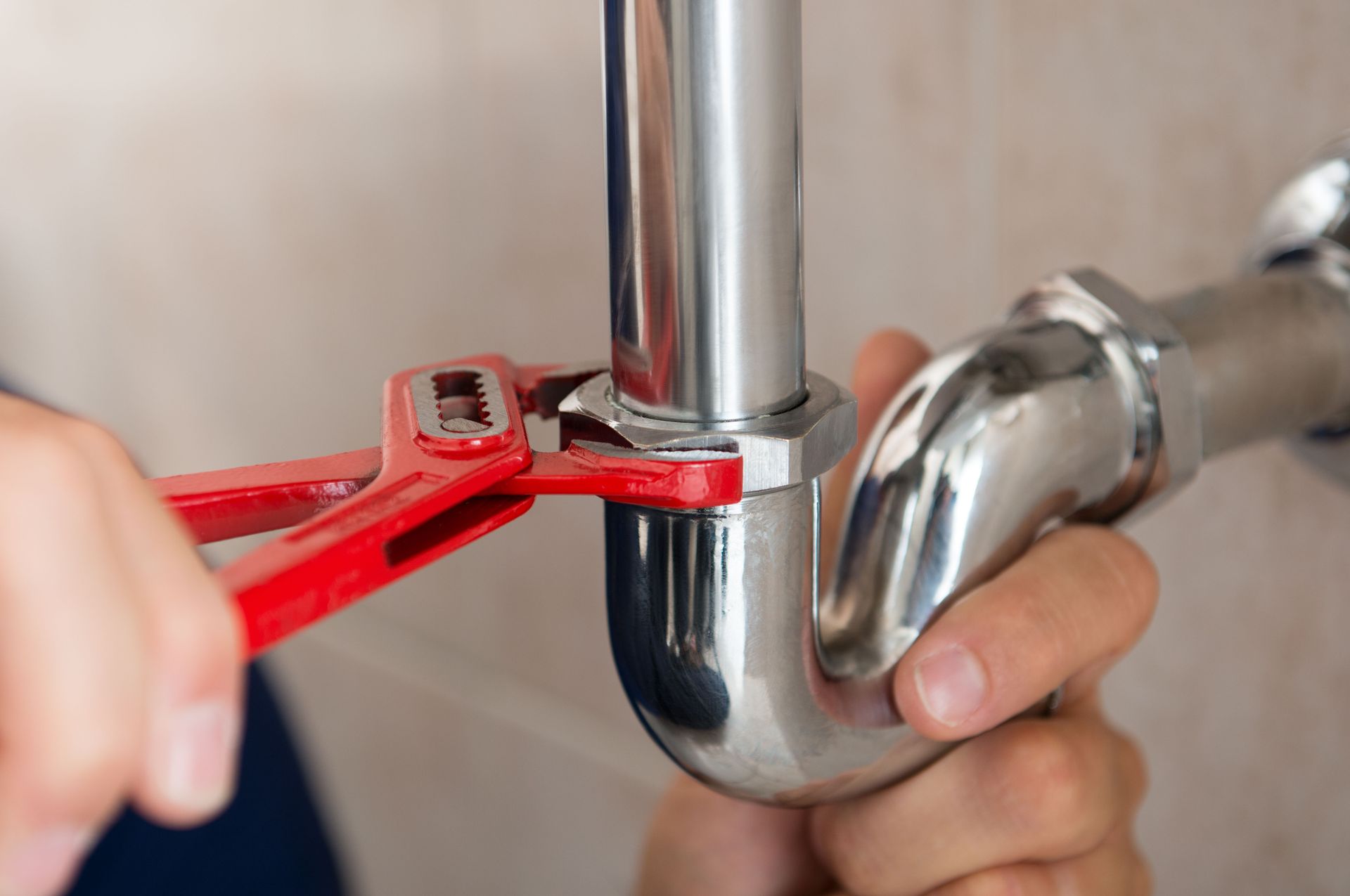
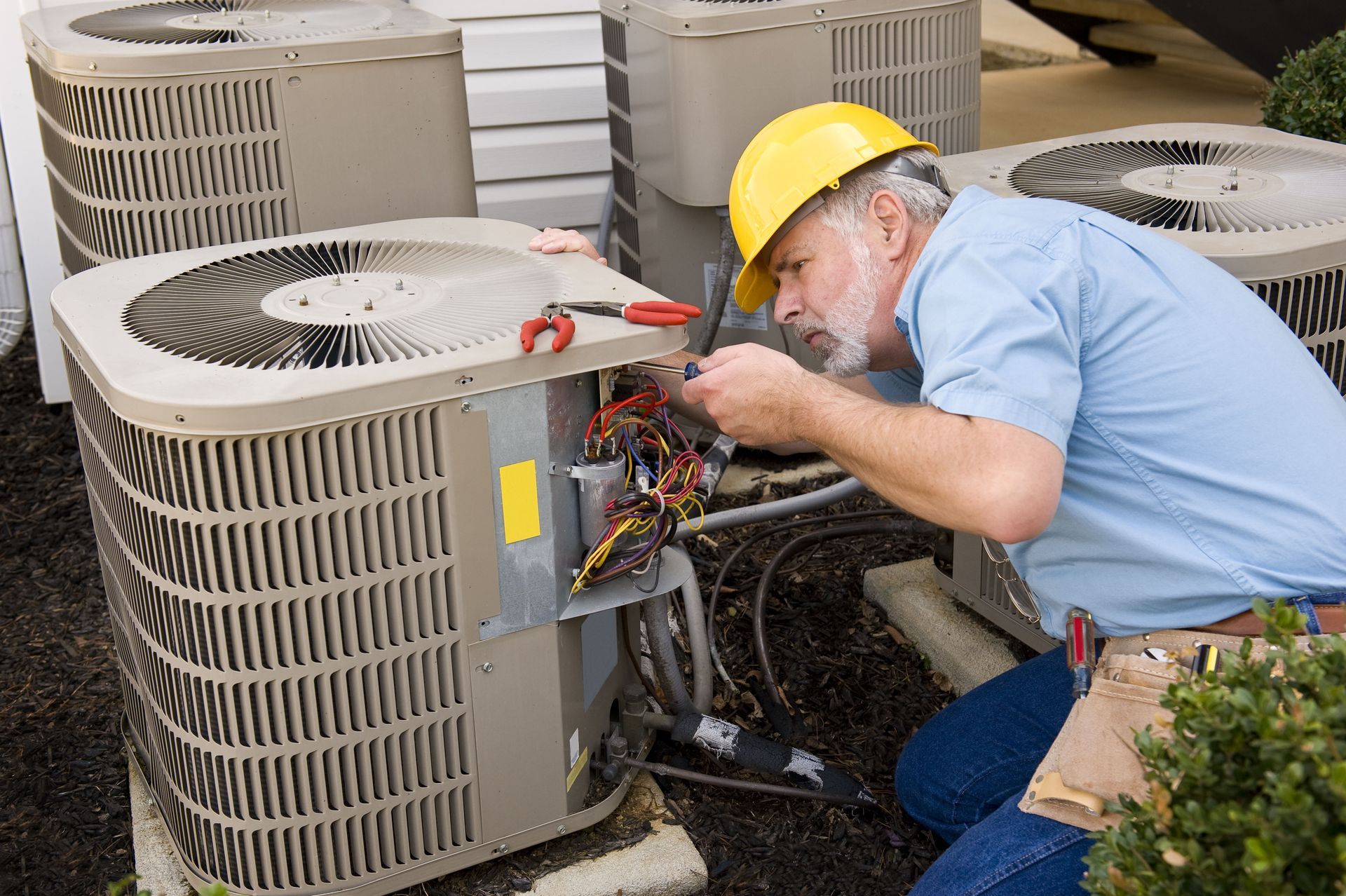
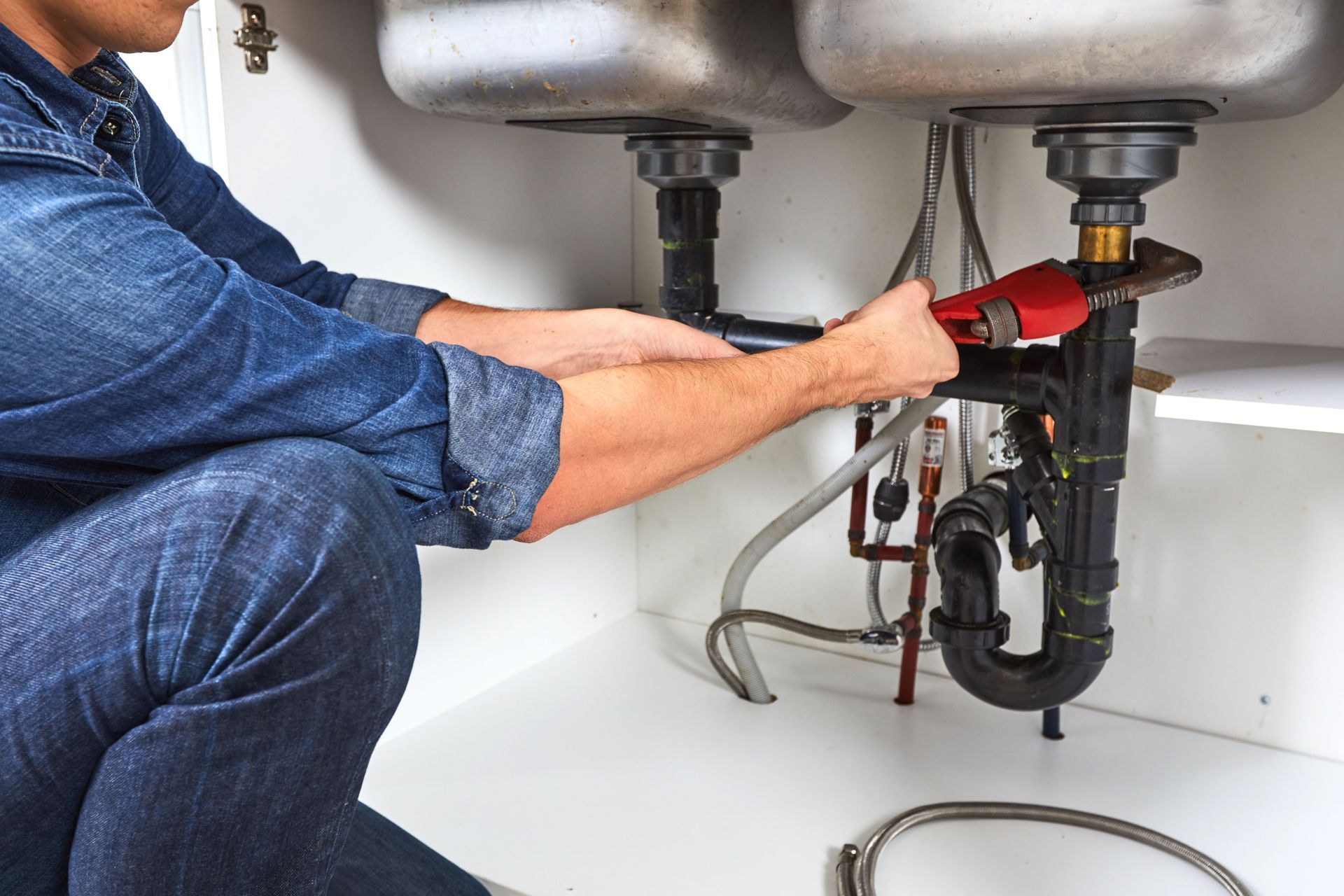
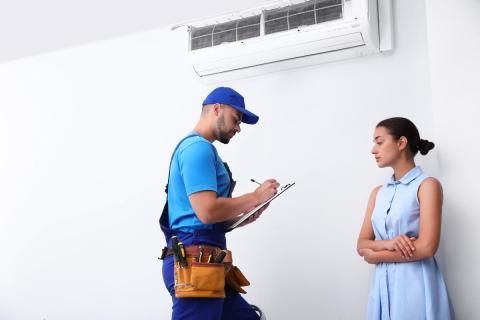
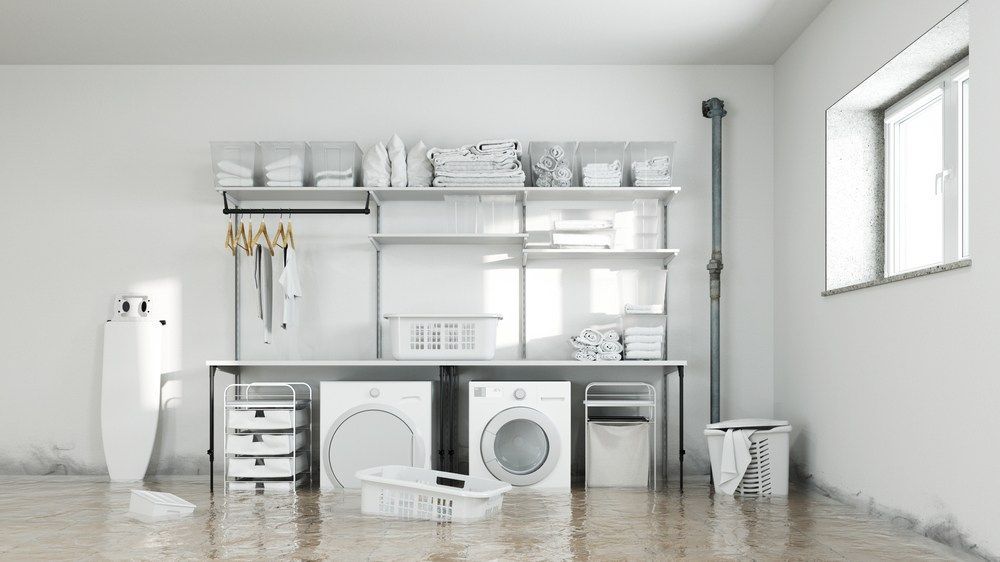
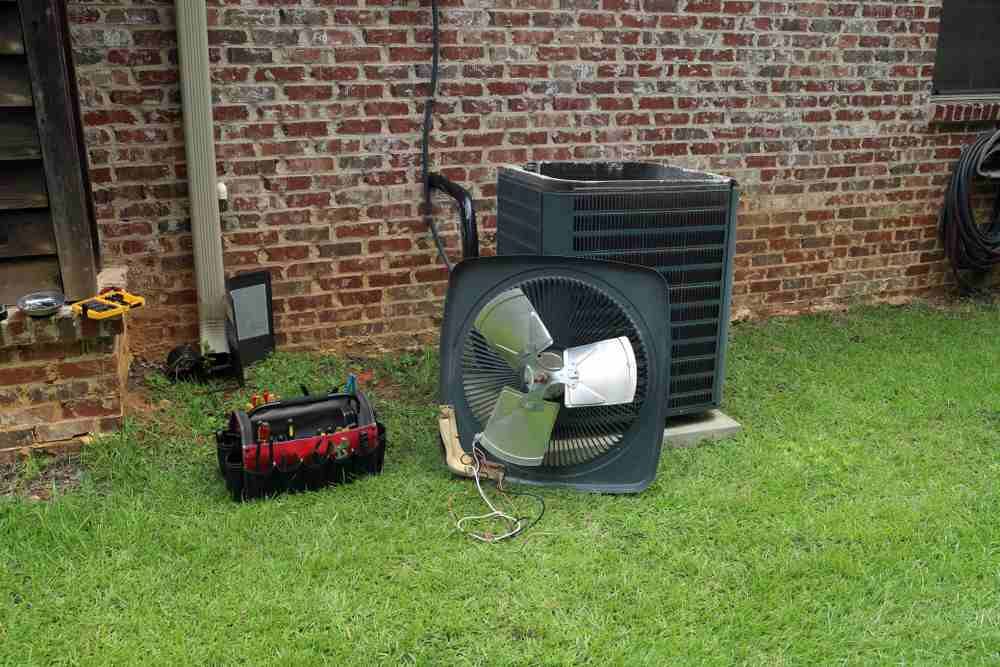
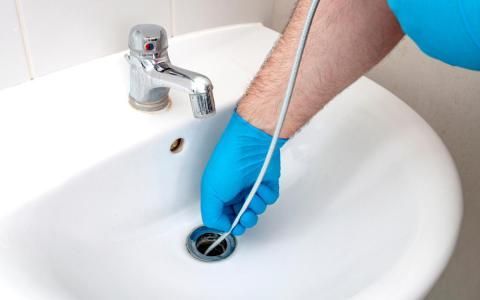

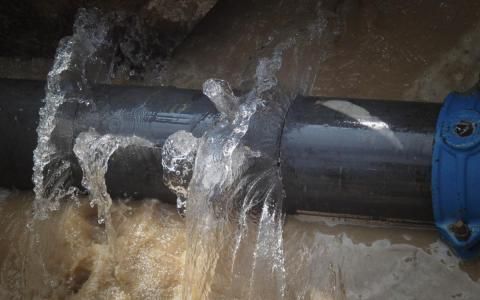


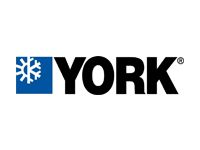
Share On: